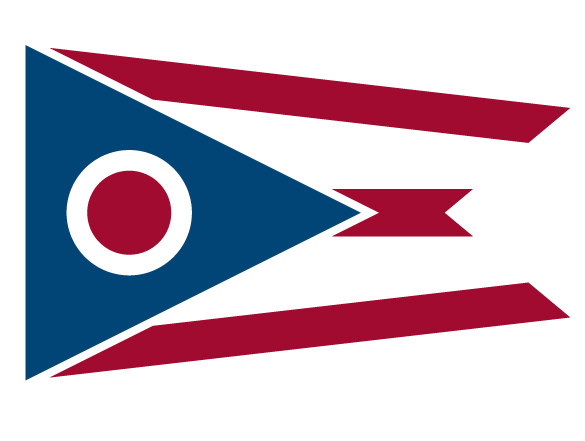Response
Response to Emergencies and Disasters
The response phase includes the mobilization of the necessary emergency services and first responders in the disaster area. This is likely to include a first wave of core emergency services, such as firefighters, police and ambulance crews. They may be supported by a number of secondary emergency services, such as specialist rescue teams. Organizational response to any significant disaster is based on existing emergency management organizational systems and processes: the National Response Framework and the Incident Command System (ICS), working within the National Incident Management System. These systems are solidified through the principles of Unified Command and Mutual Aid.
EMAC, the Emergency Management Assistance Compact, is a congressionally ratified organization that provides form and structure to interstate mutual aid. Through EMAC, a disaster impacted state can request and receive assistance from other member states quickly and efficiently, resolving two key issues upfront: liability and reimbursement.
The Lake County EMA maintains a Mobile Command Vehicle equipped with a variety of communications and computer equipment. A specially-designed motor home, the ComVan, serves as a forward Incident Command Post for first responders when needed.
Lake County also utilizes a Reverse 911 system to assist in the notification through the use of computer technology.
There is a need for both discipline (structure and process) and agility (creativity, adaptability) in responding to a disaster. This allows the team to move forward with coordinated, disciplined responses that are dynamic and adapt to new information and changing circumstances along the way. Using Incident Command System principles, the response to a disaster or emergency follows these concepts:
- Unity of command – Each individual participating in the operation reports to only one supervisor. This eliminates the potential for individuals to receive conflicting orders from a variety of supervisors, thus increasing accountability, preventing freelancing, improving the flow of information, helping with the coordination of operational efforts, and enhancing operational safety.
- Common terminology – Individual response agencies previously developed their protocols separately, and subsequently developed their terminology separately. This can lead to confusion as a word may have a different meaning for each organization. When different organizations are required to work together, the use of common terminology is an essential element in team cohesion and communications, both internally and with other organizations responding to the incident.
- Management by objective – Incidents are managed by aiming towards specific objectives. Objectives are ranked by priority, should be as specific as possible, must be attainable and if possible given a working time-frame. Objectives are accomplished by first outlining strategies (general plans of action), then determining appropriate tactics (how the strategy will be executed) for the chosen strategy.
- Flexible and modular organization – Incident Command structure is organized in such a way as to expand and contract as needed by the incident scope, resources and hazards. Command is established in a top-down fashion, with the most important and authoritative positions established first.
- Span of control – To limit the number of responsibilities and resources being managed by any individual, the ICS requires that any single person’s span of control should be between three and seven individuals, with five being ideal. In other words, one manager should have no more than seven people working under them at any given time. If more than 7 resources are being managed by an individual, then they are being overloaded and the command structure needs to be expanded by delegating responsibilities.
